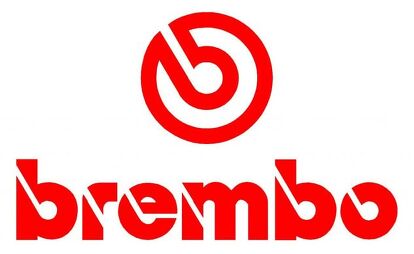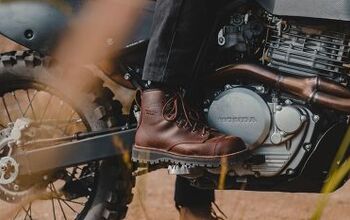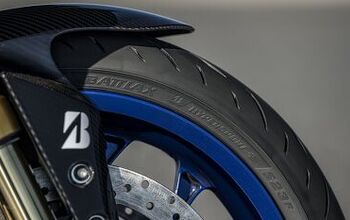Brembo Brake Facts for MotoGP Gran Premio Red Bull De Espana
This weekend, April 22-24, the Jerez Circuit (Spain) will host the fourth event in the 2016 MotoGP World Championship. Inaugurated in 1985, the circuit hosted the Motorcycle Grand Prix in 1987, and became the permanent site for the Spanish GP after alternating with Jarama for a year.
The Jerez track is 4.4 km (2.73 miles) long, has 13 curves (eight to the right, five to the left) and a maximum grade on the main straightaway of 5.1 percent. Even though it is a very tight track at 11-12 meters (36-39 feet) wide, the riders love it for the numerous points where they can overtake competitors: indeed the turns make up just under one-third of the circuit. The undulations in the asphalt require very manageable and well-balanced bikes, as well as stability in braking.
According to Brembo technicians, the Jerez Circuit falls into the category of tracks that are very hard on the brakes. On a scale of one to five, it earned four on the difficulty index, the highest of the season up to now. The other Spanish race in Aragon is classified at the same level of difficulty, as are the Brno and Spielberg circuits.
Brake use during the GP
The presence of one of the shortest straightaways in the Championship (just 600 meters / 656 yards) and a full 12 braking sections per lap make it so that the riders brake for about 31 percent of the overall duration of the race. The Jerez Circuit has several fast curves (at Turns 4, 7, 11 and 12) that the riders take by barely touching the brakes. These four curves require deceleration between 0.7 and 0.9 g, when the average deceleration for the GP is just 1.08 g: without these four braking sections, the average value would be 1.24 g.
The most challenging stops
Two of the 12 braking sections on the Jerez Circuit are classified as highly challenging on the brakes, six are of medium difficulty and four are less difficult. The most complex braking section is at the Dry Sack curve, the sixth turn on the track. The riders apply a load of 7.8 kg (17 lbs) on the brake lever for more than five seconds in order to go from 296 to 65 km/h (184 to 40 m/h). The Expo 92 curve is also very challenging, it is the first turn after the starting line: the riders reduce their speed by about 200 km/h (124 m/h), from 283 to 86 km/h (176 to 53 m/h), in 225 meters (246 yards), decelerating by 1.5g.
Of the six stops that present a medium level of difficulty, the Ducados turn, the last one before the finish line, is worth mentioning: the bikes arrive at 223 km/h (139 m/h) and brake for four seconds to come down to 70 km/h (44 m/h).
Brembo Victories
Brembo brakes have won 25 of 37 of the Spanish GP races contended, including the last 22. Honda triumphed 16 times, but Yamaha won in 2015 with Jorge Lorenzo. Valentino Rossi is top of the list with six victories in 500-MotoGP, but his most recent was in 2009.
More by Press Release































Comments
Join the conversation